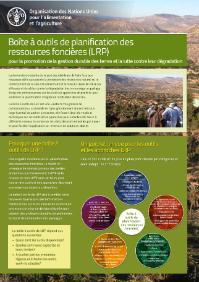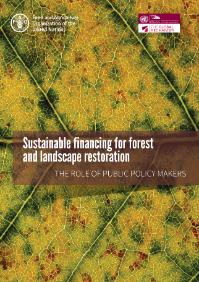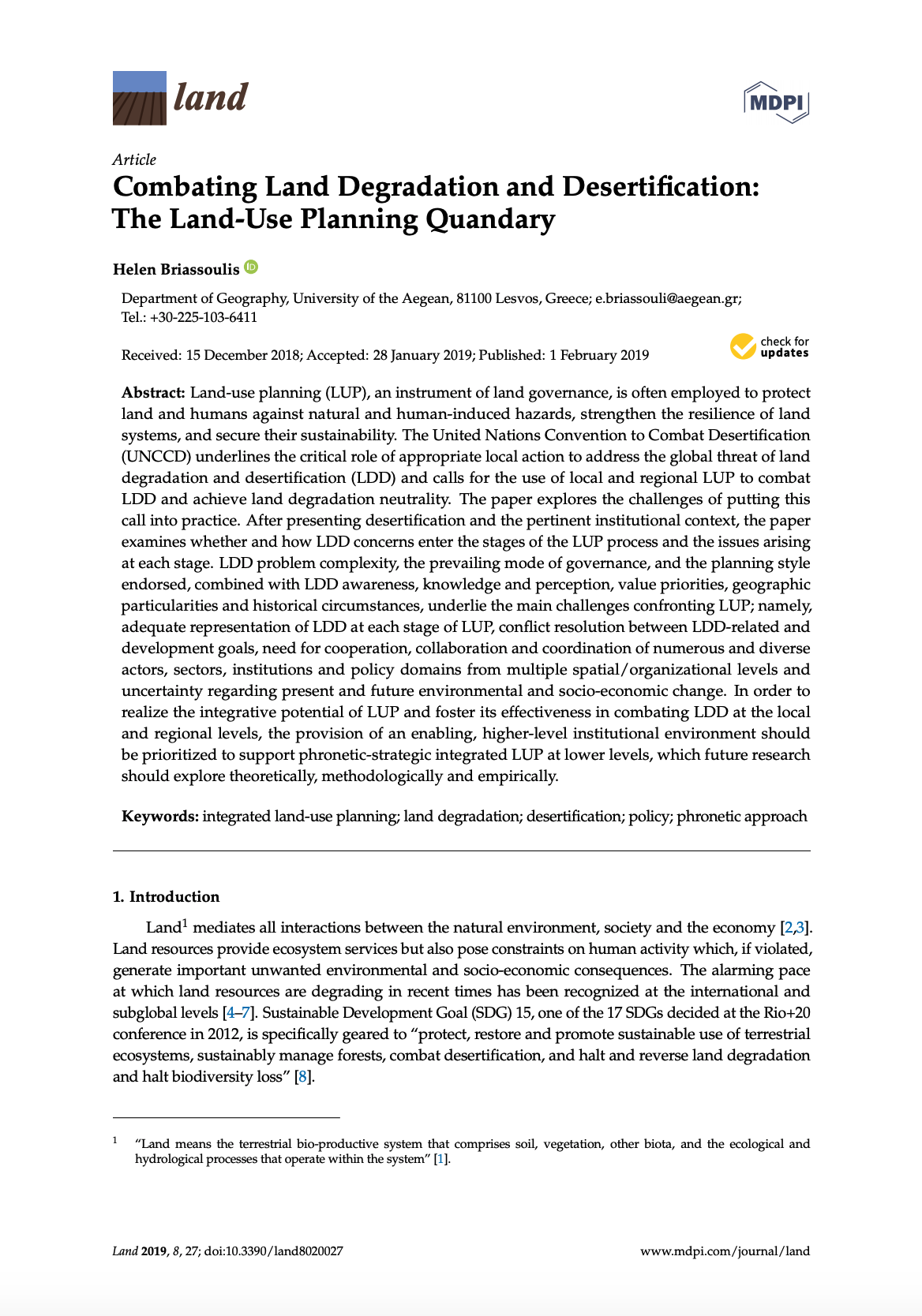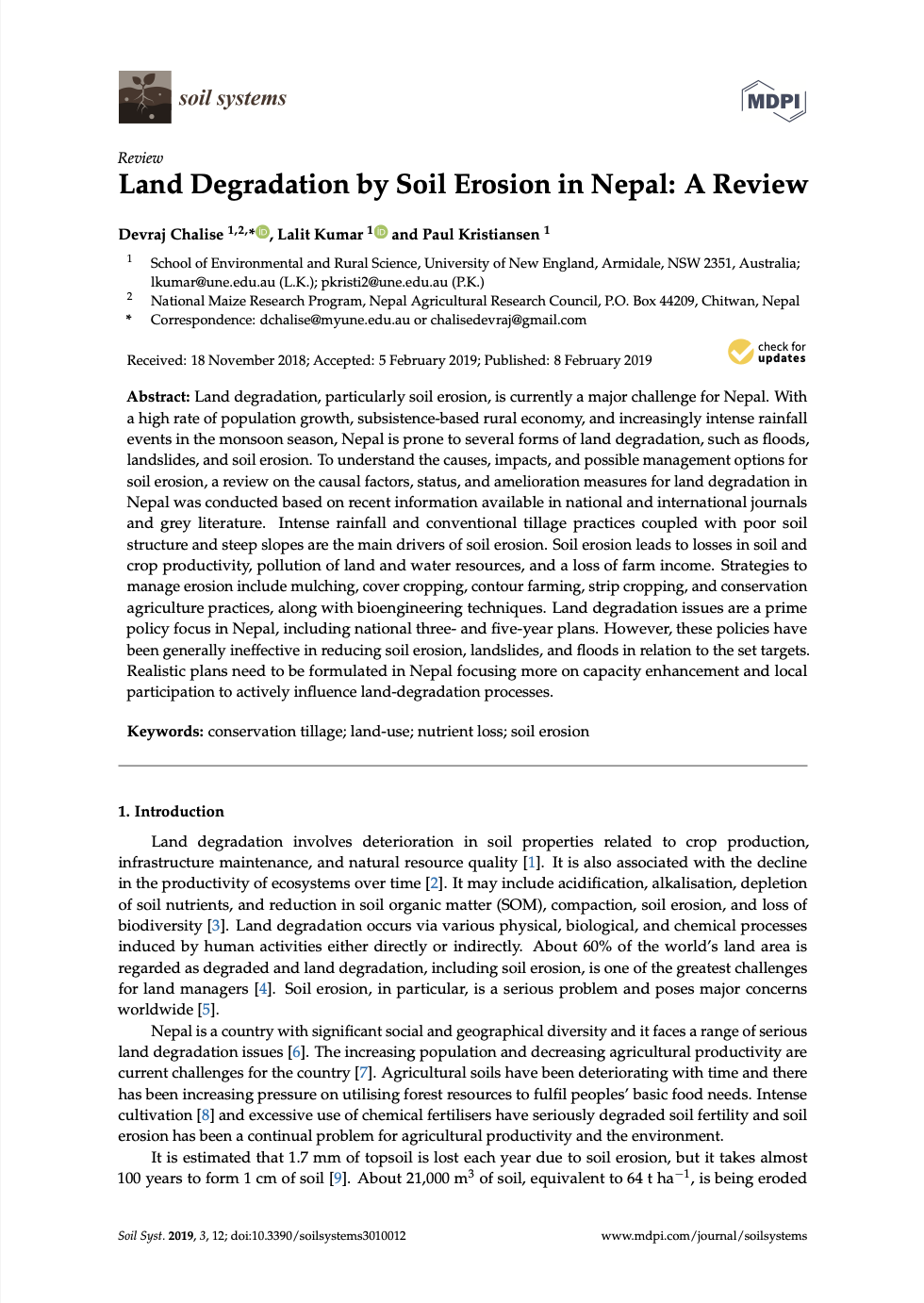Adoption of Conservation Agriculture Technologies by Smallholder Farmers in the semiarid region of Tunisia: Resource constraints and partial adoption
Tunisia, like many other countries, suffers from land degradation. Conservation agriculture is among the proper solutions to overcome this issue. The objective of our investigation is to determine the factors that influence the adoption of CA in Siliana, one of Tunisia’s most affected regions by erosion. A field survey was conducted to collect adoption data used for descriptive analysis, and for the estimation of a choice model (Logit).












